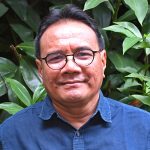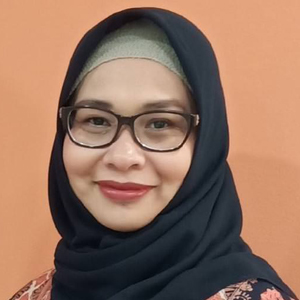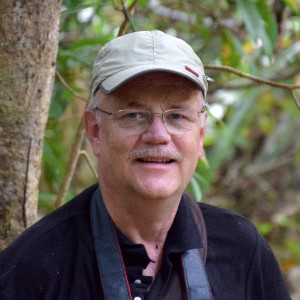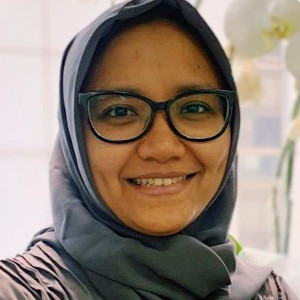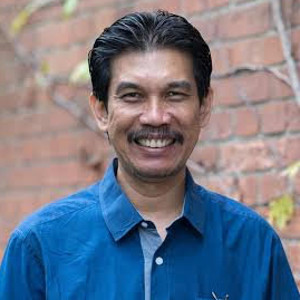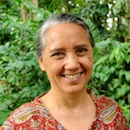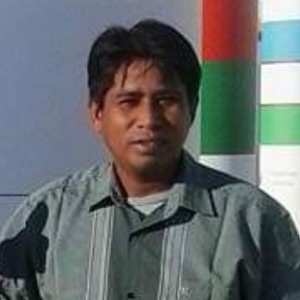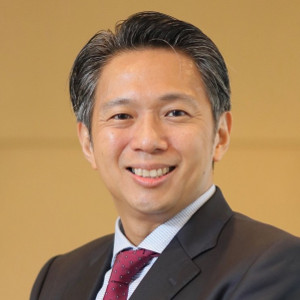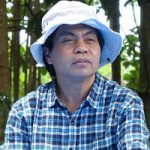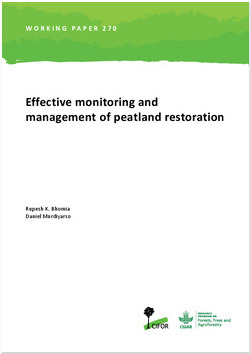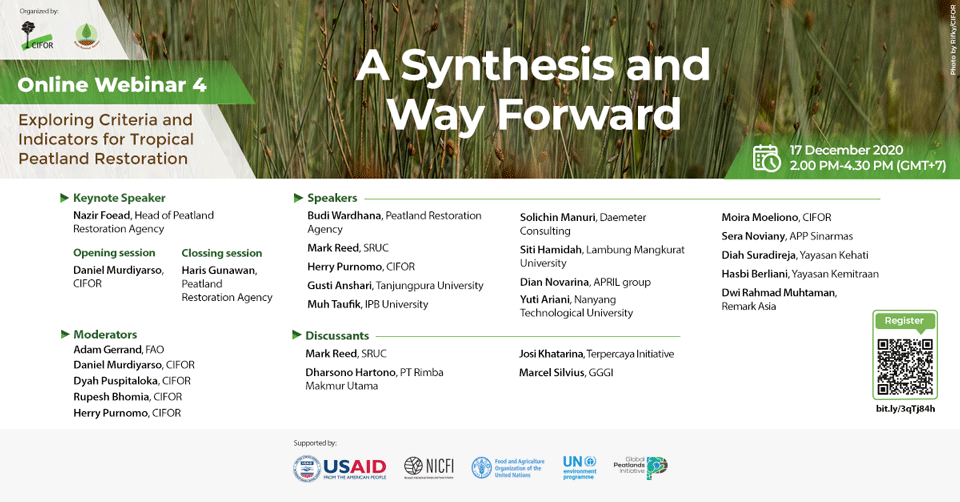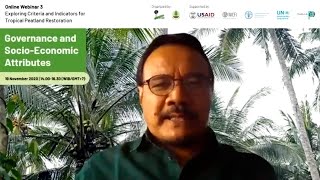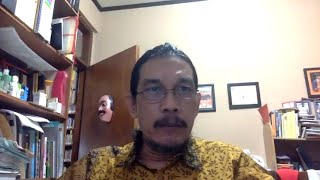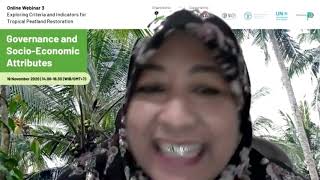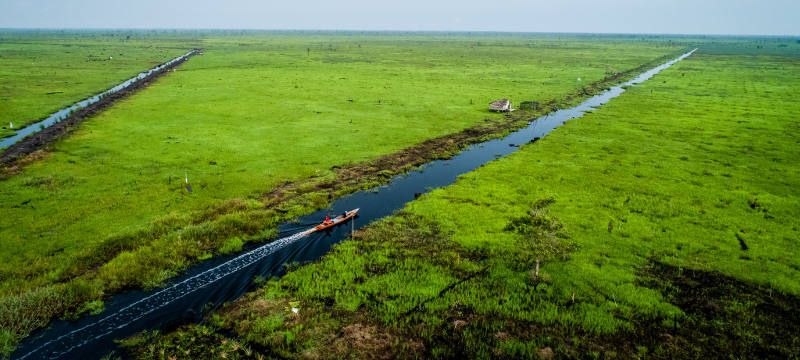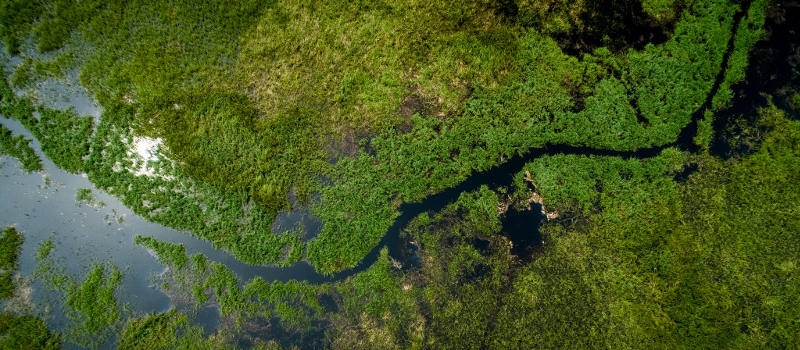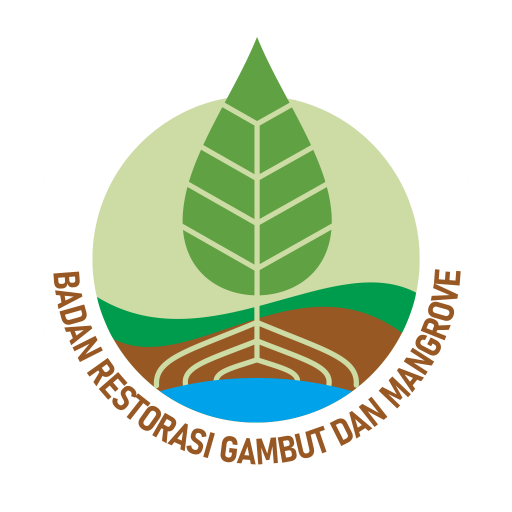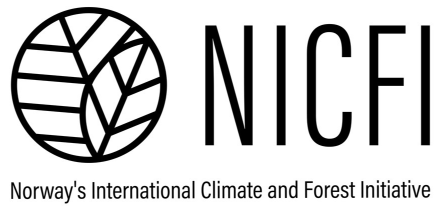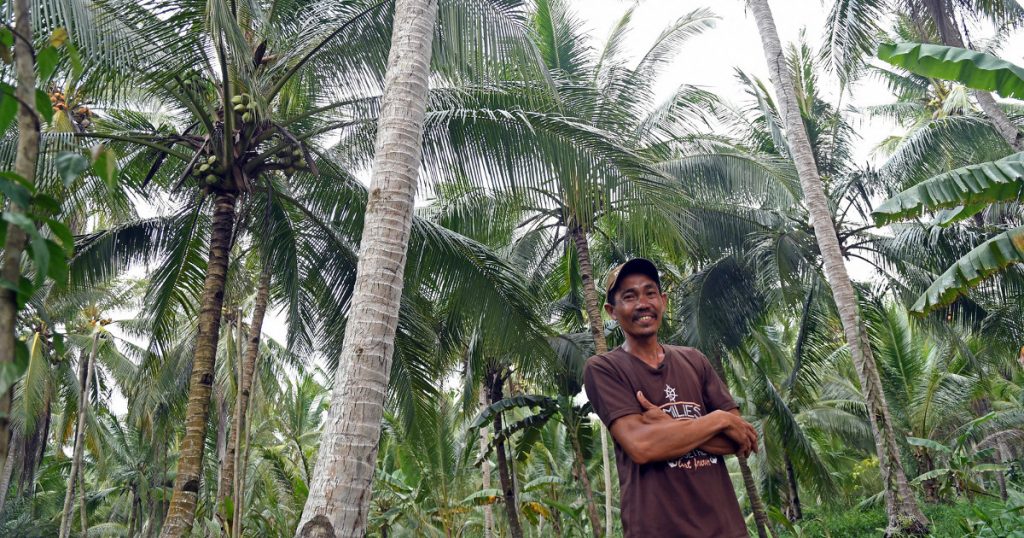
Introduction
The Indonesian archipelago is home to over a third of the world’s tropical peatlands. But around half of these tropical peatlands have been degraded through drainage, deforestation and burning – as a result of land clearance for forestry and agriculture. This degradation has led to enhanced greenhouse gas (GHG) emissions placing Indonesia among the world’s top five emitter countries.
Indonesia has pledged to restore over 2 Mha of degraded peatlands in its Nationally Determined Contributions (NDCs) to the United Nations Paris Agreement on climate change. However, peat restoration is a complex process, and requires careful monitoring to allow for an adaptive, iterative landscape-approach that fits well with local conditions and needs. Peatland monitoring, guided by science-based practice, can enhance the transparency and accountability of the reporting process, and hopefully ascertain higher degree of success in those efforts.
One approach for monitoring peatlands and its restoration involves use of criteria and indicators (C&I) that are easy to recognize, measure and monitor over time and are also locally relevant. Identified C & I should cover four aspects: (1) biophysical, (2) social, (3) economic, and (4) governance. This allows restoration targets to be adequately quantified, and the success measured.
With this intention, CIFOR in collaboration with the Peatland Restoration Agency (BRG) have laid out a plan to explore the criteria and indicators approach for tropical peatland restoration. The webinar is organized in collaboration with partners, including the Food and Agriculture Organization (FAO) and other partners forms part of a series of sessions within the activities of the Global Peatland Initiative (GPI) on different aspects of peatland management and wet livelihood opportunities. Continuous support by partners, such as USAID, NICFI, and UNEP-GPI have made this endeavour possible.
After the 1st webinar (2 Sept, 2020) which set the scene and explored generic C & I, 2nd webinar (14 Oct, 2020) explored the biophysical attributes including peatland vulnerability and risks due to fires. Topics like climate, soil, water/hydrology, greenhouse gas emissions and use of spatially explicit fire risks and distributions on peat landscapes were discussed in a more detailed manner in this webinar.
The 3rd webinar in this series is dedicated to exploring socio-economic and governance issues that pertains to sustainable use of tropical peatland landscapes over a longer term. The success of restoration measures and successful planned interventions are very crucial and are immensely important for all stakeholders connected to the peatlands. Identification and verification of C & I that cover socio-economic and governance issues are often difficult to quantify and therefore such aspects should be guided by broader principles which can capture the essence of these complex and interconnected relationships.
Social, economic and governance aspects
Social, economic and governance C & I for peatland restoration may cover a wide variety of aspects which are also monitored under the progress towards Sustainable Development Goals. Socially engaging restoration activities are key to the success of participatory peatland restoration. This would likely take into consideration following aspects –
Good governance and institutions
- Participatory policy formulation (nobody is left behind)
- Transparency of and participation in decision-making
- Strong and transparent governing instruments, including local institutions
- Adaptive rules for resource utilization, management and ownership that are tailored to serve local needs and aspirations,
- Ensuring the provision of ecosystem services provided by the management of peatlands in natural state.
Empowerment, social structure and networking
- Gender and benefit-sharing among different stakeholder groups, specifically those in weaker positions, such as local community, women, children, the elderly
- Access natural resources and tenure rights
- Health, nutrition, food and water security
- Capacity building and training
- Reduction of risks, dangers (e.g. fires, floods)
- Local power dynamics and relationship between formal and informal leaders
- Impact on displacement and human migration
Economic viability and sustainability
- Sustainable improvements to household income of communities in the peatland landscapes
- Incentives for peatlands restoration
- Access to markets and finance
- Job creation
- Poverty reduction
- Sustainable and inclusive development of value chains for products
Goal and objectives
The overall goal of the entire workshop series is to identify a scientifically robust, reliable and practical set of C & I that can help to assess progress and outcomes of tropical peatland restoration efforts. Guided by norms and culturally valued principles, these C & I would be tested and verified. The specific objectives of this webinar are:
- To engage stakeholders in facilitated discussions with resource persons to allow exchange of knowledge.
- To identify social, economic, and governance attributes in the on-going restoration when degraded peatlands are rewetted, revegetated and economic activities are revitalized.
- To propose C & I for above aspects and identify possible steps of verification processes.
Expected outputs
This webinar will lead to:
- Identified C & I for social, economic and governance aspects of tropical peatland restoration
- Familiarize participants with the identified C & I
- Exchange of knowledge through interactive discussions on scientific ways to use C & I approach towards monitoring and evaluation of peatland restoration
The outputs of entire webinar series includes:
- Conceptualization, design and implementation of frameworks to develop restoration C & I.
- Clarification of the importance of key indicators.
- Determination of the roles and responsibilities of all participating agencies and experts in identifying, testing and finalizing restoration C & I.
- Identification of potential sources of financing to secure monitoring activities over time
- Capacity building of key technical and policy personnel from various Indonesian government agencies and departments with mandates to protect and restore peatlands while ensuring the well-being of dependent communities
Agenda
Moving forward with what we learned from the first two webinars, the 3rd webinar is designed to capture governance and socio-economic C & I to monitor restoration and management of tropical peatland landscapes. A combination of plenary and breakout sessions are planned to facilitate interactive discussions and cover all important topics within the available time.
Presentations:
- Rural Development and Local Governance: Key Factors to Promote Peatland Restoration
- Aligning peatland restoration with green growth and economic benefits for people
- Criteria and indicators for tropical peatland restoration: Governance aspect
- Jurisdictional approach in protecting peatland: Progress of the Terpercaya Initiative
- Rendering a land tenure and conflict resolutions: A case study in West Kalimantan
- Strengthening local institution to improve social cohesiveness
- Developing value chains of agriculture products around peatland restoration area
- Development of commercial products based on wetland crops to improve community welfare












